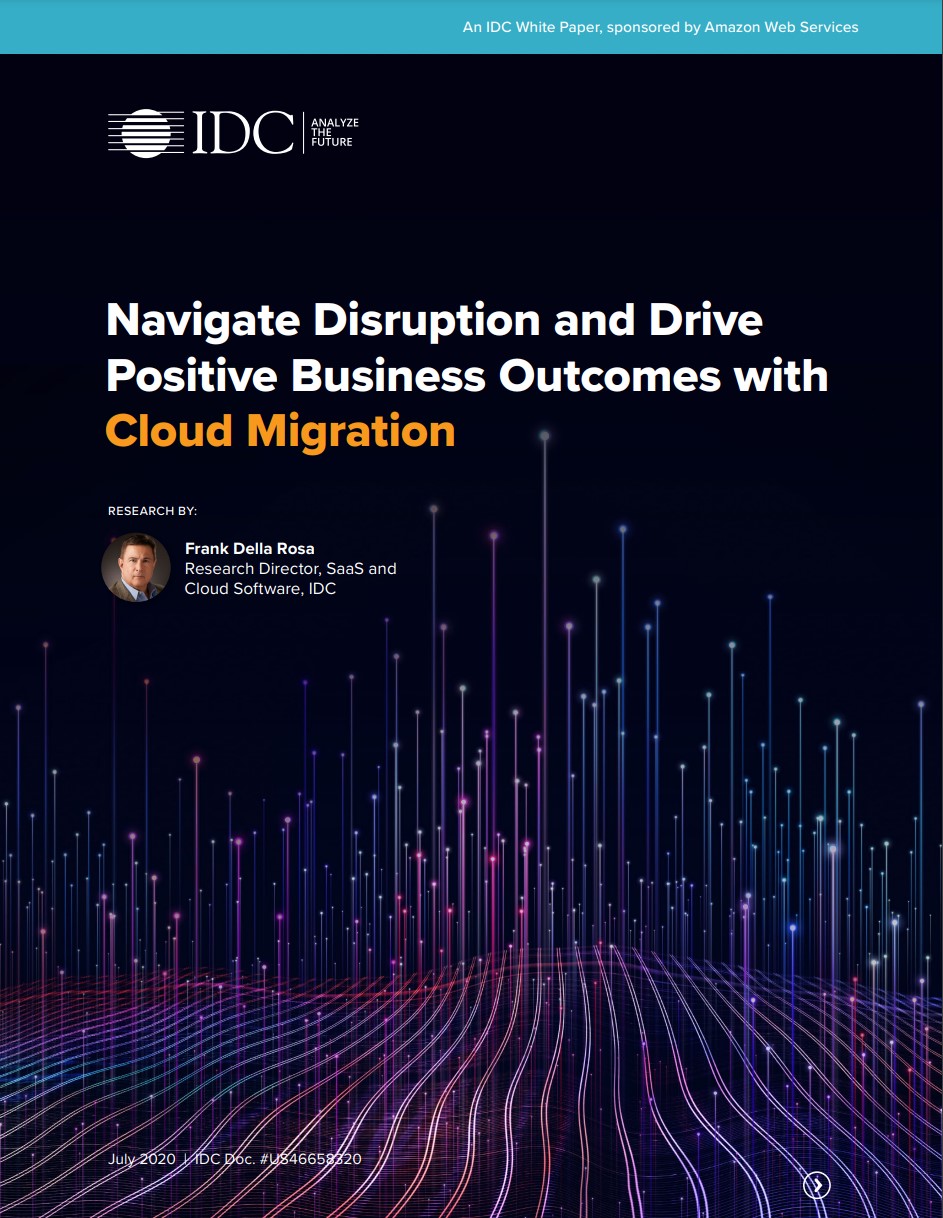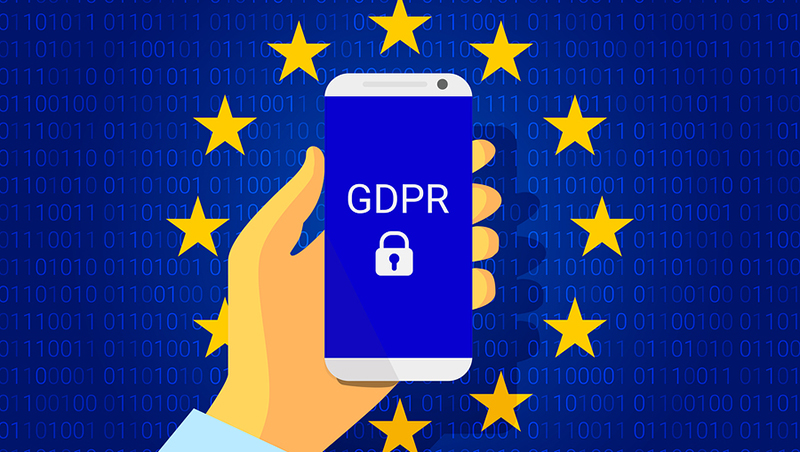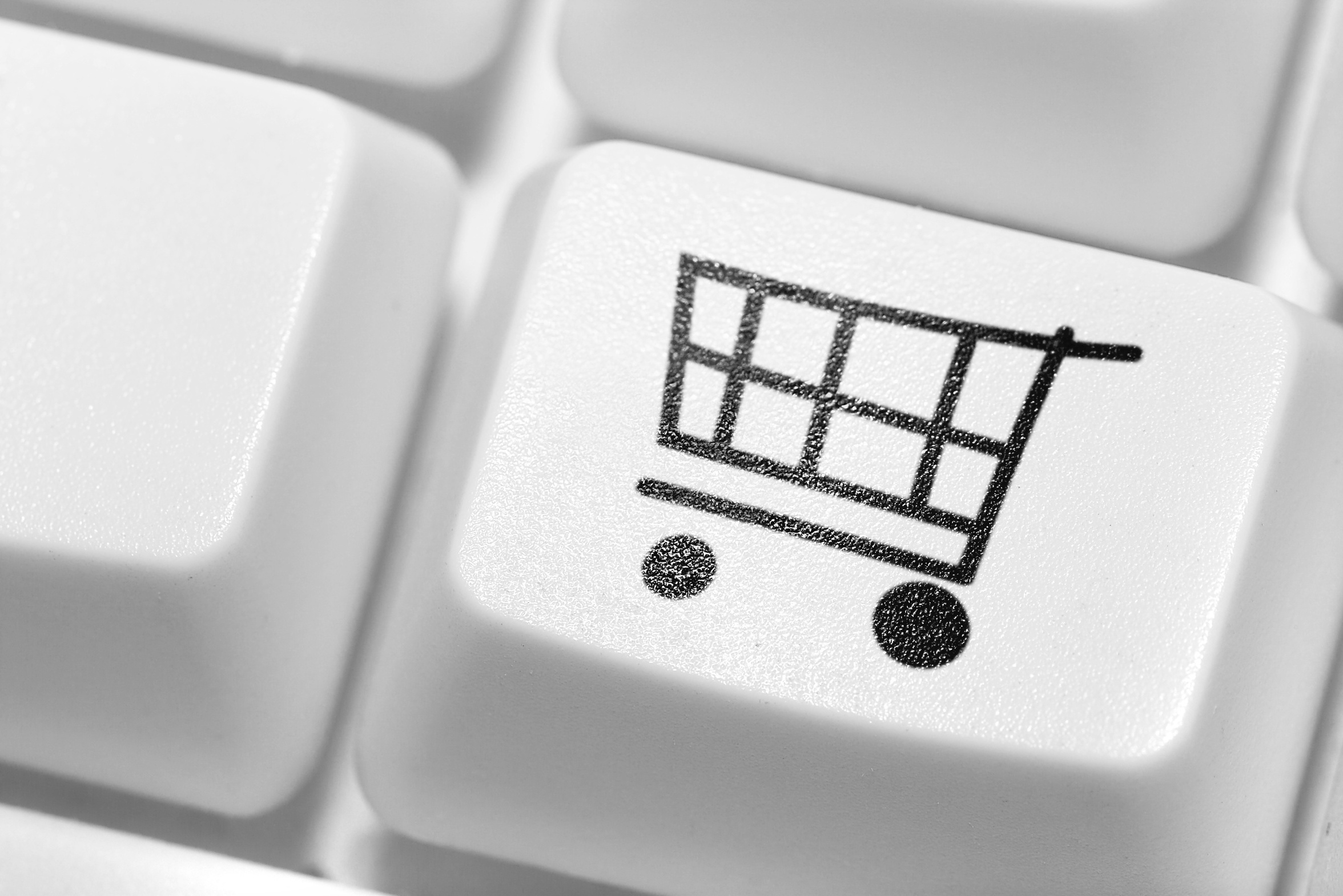The cookie phase-out might precede an AdTech apocalypse
With the industry phasing out third-party cookies, what does this mean for businesses reliant on them to track and improve their campaigns?


The announcement that Chrome would stop supporting third-party cookies sent shock waves across the digital marketing community, especially those who’ve relied upon this data to target their messages at defined audiences.
Google has already announced it intends to begin the rollout of the Privacy Sandbox Initiative to developers in late 2022, with the phase-out of third-party cookies pencilled in for the end of next year. Essentially, the move would see individual data points from users grouped into what Google calls 'cohorts,’ which marketers would use to target their messages. This attempts to shift the emphasis away from profiling individual users using third-party cookies, in favour of tapping into the swelling public opinion around digital privacy.
Google’s proposals haven’t come without controversy, however, with the Competition and Markets Authority (CMA) intervening earlier this year and extracting a set of commitments from the tech giant. The regulator was particularly concerned about user privacy as well as the impact the Privacy Sandbox could have on publishers and the wider digital advertising market.
Indeed, Google has a stranglehold over the industry, with Chrome holding 64% of the browser market, according to Statcounter. Any significant changes made to the platform, therefore, will affect swathes of consumers and businesses alike. Given the direction of travel as the cookie phase-out continues, marketers must become far more creative and attentive to user privacy and personal data.
Cookies might be doing more harm than good
The frustration users feel, especially when accessing commercial online services, is often a lack of control over the personal data they must relinquish to buy into something or access a service. GDPR was supposed to give power back to users, who are now asked for their explicit permission before their information can be used. There's also a level of transparency, but intrusive third-party cookies, which track users’ digital footprints, remain an active part of the ecosystem.
Neel Pandya, CEO of Europe and APAC, Pixis, succinctly tells IT Pro: "The demise of cookies does not mean the demise of marketing. It simply means the marketing landscape is now ripe for further tech disruption, and the protocols for this disruption are clear – it has to be privacy first.”
Trustworthiness (83%), integrity (79%) and honesty (77%) are the key emotional elements consumers feel most align with their favourite brands, according to Deloitte Digital. The persistence of cookies has arguably undermined these principles, but will Google's move to ban them deliver the trust and transparency consumers crave?
Get the ITPro daily newsletter
Sign up today and you will receive a free copy of our Future Focus 2025 report - the leading guidance on AI, cybersecurity and other IT challenges as per 700+ senior executives
Lior Charka, VP of product at Outbrain, agrees the kind of marketing messages that will need to be created post-cookie must be different: "Business marketing teams must recognise this, consequently making smart adjustments to their marketing mix to prioritise the delivery of engaging and relevant advertising experiences for users without using their personal data.”
Brute force use of consumer data to define marketing messages needs to be replaced with what's been called 'consent-driven engagement'. Suppose the data companies and marketers have relied upon disappears. In that case, they need to replace this information to maintain the commercial relationships they have spent, in some cases, high levels of resources to obtain. Shifting to more efficiently using first-party cookies, though, may benefit businesses as this strategy would require much closer direct connections with customers.
“Research from our Deloitte Global Marketing Trends 2022 report found that more than 60% of high-growth brands are shifting to a first-party data strategy compared to just over half of low-growth and 40% for negative-growth companies", William Grobel, director in Deloitte Digital, tells IT Pro. “There is, therefore, a clear link between growth and owning your own customer data."
Grobel continues: “Unsurprisingly, high growth organisations are also more creative in how they use first-party data. For example, when asking chief marketing officers (CMOs) what they are using first-party data for, most organisations claim to use it for optimising emails and personalisation. Meanwhile, high-growth organisations also use first-party data for more advanced activities such as dynamic creative optimisation.”
Preparing for a brave new cookie-free world
Since the advent of GDPR, which is designed to protect the privacy of individuals when they use digital services, the debate whether the giant data aggregators have become too powerful and how personal data is collected, stored, shared and used for not just marketing messages, but to profile the behaviour of every user has crescendoed.
Google’s approach is to remove the individuality of targeted ads with consumers being placed in larger cohort groups who've expressed similar interests and have similar digital footprints. Testing has been underway with Federated Learning of Cohorts (FLoC) in readiness for the official sunsetting of third-party cookies. This, however, has run into regulatory hurdles, with Google forced to compromise on its initial programme and replace it with a proposal called Topics.
A return to traditional mechanisms is also likely as brands collect their own data and use those insights to target their messaging. Expect to see more websites insist on account creation, so they can track interactions by compelling users to log on.
RELATED RESOURCE

Navigate disruption and drive positive business outcomes with cloud migration
Build highly resilient, efficient digital business models through the cloud
For consumers, this might deliver the control they want, as they'll need to consent to each cookie being installed on their devices. Brands, however, will be pushed to do better and show that the value exchange of data for goods or services is worth the cookie consent.
“It’s important to remember that the entire freemium economy is based on advertising,” Outbrain’s Lior Charka points out. “When users opt-out of sharing data, they receive less personalised advertising which in turn leads to lower CPMs and the need for more sites to switch to subscription models. So, there is a big trade-off when we incorporate more privacy laws. It’s one that consumers will need to consider down the road.”
Lastly, some form of digital fingerprinting could be adopted. Here, the browser, language and even keyboard layout can be identified. This digital profile of an individual can then be used to track them across the web, giving marketers all the information they need to target their ads.
Businesses can check their reliance on third-party cookies with the Cookieless Calculator developed by Gartner. “This identifies an organisation’s reliance on third-party cookies, assesses the potential impact and identifies mitigations and strategies to manage the transition," the company explains to IT Pro. "Across these assessments we found that an average of nearly 70% of website tags have a medium-to-high reliance on third-party cookies; 45% of digital media investments could be impacted and over half of all cookies used will be impacted – so there are some material consequences.”
Will the end of the third-party cookie push marketers into paying more attention to the security and privacy concerns of the people they target? That's undoubtedly the intention Google would like to communicate loudly. With the demise of third-party cookies fast approaching, what could replace them is, hopefully, a deeper understanding of customer needs and a fair exchange of personal data.
David Howell is a freelance writer, journalist, broadcaster and content creator helping enterprises communicate.
Focussing on business and technology, he has a particular interest in how enterprises are using technology to connect with their customers using AI, VR and mobile innovation.
His work over the past 30 years has appeared in the national press and a diverse range of business and technology publications. You can follow David on LinkedIn.
-
 Asus ZenScreen Fold OLED MQ17QH review
Asus ZenScreen Fold OLED MQ17QH reviewReviews A stunning foldable 17.3in OLED display – but it's too expensive to be anything more than a thrilling tech demo
By Sasha Muller
-
 How the UK MoJ achieved secure networks for prisons and offices with Palo Alto Networks
How the UK MoJ achieved secure networks for prisons and offices with Palo Alto NetworksCase study Adopting zero trust is a necessity when your own users are trying to launch cyber attacks
By Rory Bathgate
-
 ICO publishes new data protection standards for the adtech industry
ICO publishes new data protection standards for the adtech industryNews The new rules apply to new online advertising strategies which must place protections for users at the forefront
By Connor Jones
-
 Nine top GDPR tips for email marketing strategies
Nine top GDPR tips for email marketing strategiesIn-depth It's not all doom and gloom – here's how you can make GDPR work for you
By Zach Cooper
-
 Why GDPR creates a "vicious circle" for marketers
Why GDPR creates a "vicious circle" for marketersNews Customers will control the forthcoming trust economy, predicts Aprimo
By Rene Millman
-
 GDPR for marketers: What do you need to know?
GDPR for marketers: What do you need to know?In-depth How will new regulations on data affect an organisation’s marketing efforts?
By Clare Hopping
-
 Forget about GDPR fines, says Dotmailer
Forget about GDPR fines, says DotmailerNews Email marketing firm says failing customers should be a bigger worry than official penalties
By Adam Shepherd
-
 UPDATED: Play.com hit by security breach
UPDATED: Play.com hit by security breachNews The online retailer loses names and emails thanks to a security breach at its marketing partner.
By Jennifer Scott